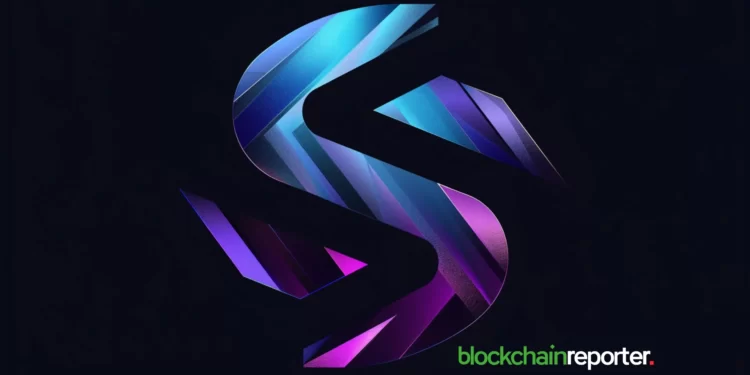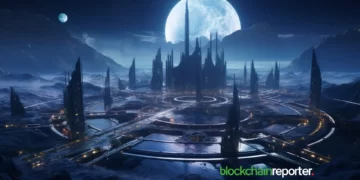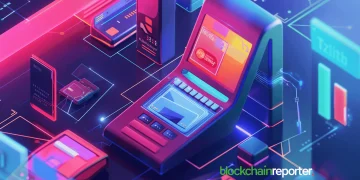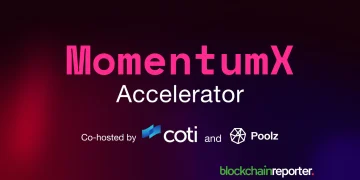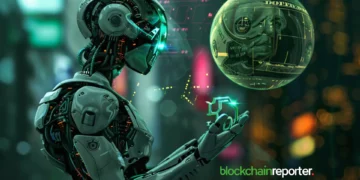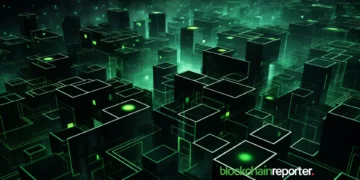In a recent discussion that has ignited widespread conversation within the cryptocurrency community, Kaj Leroy, the mind behind the celebrated Xpunks NFT collection and a prominent figure in the XRP Ledger (XRPL) ecosystem, provided a candid comparison between the XRPL and [ccpw id=60497] blockchains.
Leroy’s insights stem from his extensive experience with XRPL and his observations of the blockchain industry’s evolving landscape. His analysis brings to the forefront the technical and operational challenges currently facing XRPL, particularly highlighting the platform’s Automated
Solana’s Edge Over XRPL
Leroy pointed out the advisory from Ripple concerning the AMM’s existing bugs, which have led to disruptions in transaction executions on the XRPL. This situation has notably impacted businesses and individual users, resulting in financial losses and a growing concern over the platform’s reliability for transactions and NFT creations.
The critique laid out by Leroy emphasizes the need for introspection within the XRPL community and the pursuit of significant enhancements to overcome these challenges.
In his comparative analysis, Leroy extolled Solana’s technological framework and its ability to recover from setbacks, likening its journey to that of SpaceX’s exploration endeavors. According to him, Solana’s quick recovery from technical hiccups and its increasing market adoption showcase its robustness and appeal in the competitive blockchain space.
He contrasted these attributes with the current performance and adoption rate of XRPL and XRP, suggesting that Solana offers a more reliable and efficient ecosystem for developers and users alike.
The Call for XRPL Evolution
Further elaborating on his stance, Leroy critiqued the XRPL’s late adoption of the AMM feature, suggesting that it was not as groundbreaking as it might seem, given the prevalent standards in the blockchain industry. He argued that for XRPL to remain competitive and relevant, it requires substantial improvements and innovations that align with or surpass current industry trends.
Leroy’s comments highlight a crucial moment for XRPL, suggesting a pivotal need for transformative changes to secure its place in the fast-paced blockchain landscape.
Kaj Leroy’s analysis has sparked a necessary dialogue about the strengths and weaknesses of the XRPL in comparison to Solana. It underscores the importance of continuous development, innovation, and the ability to adapt to emerging technologies and market demands.
As the blockchain industry grows, platforms like XRPL must evolve to meet the increasing expectations of developers and users. The community’s response to Leroy’s critique and how XRPL adapts to these challenges will be critical in shaping its future trajectory and success in the blockchain ecosystem.


